Home>Articles>Which Are Examples Of Hand Tools In A Commercial Kitchen?
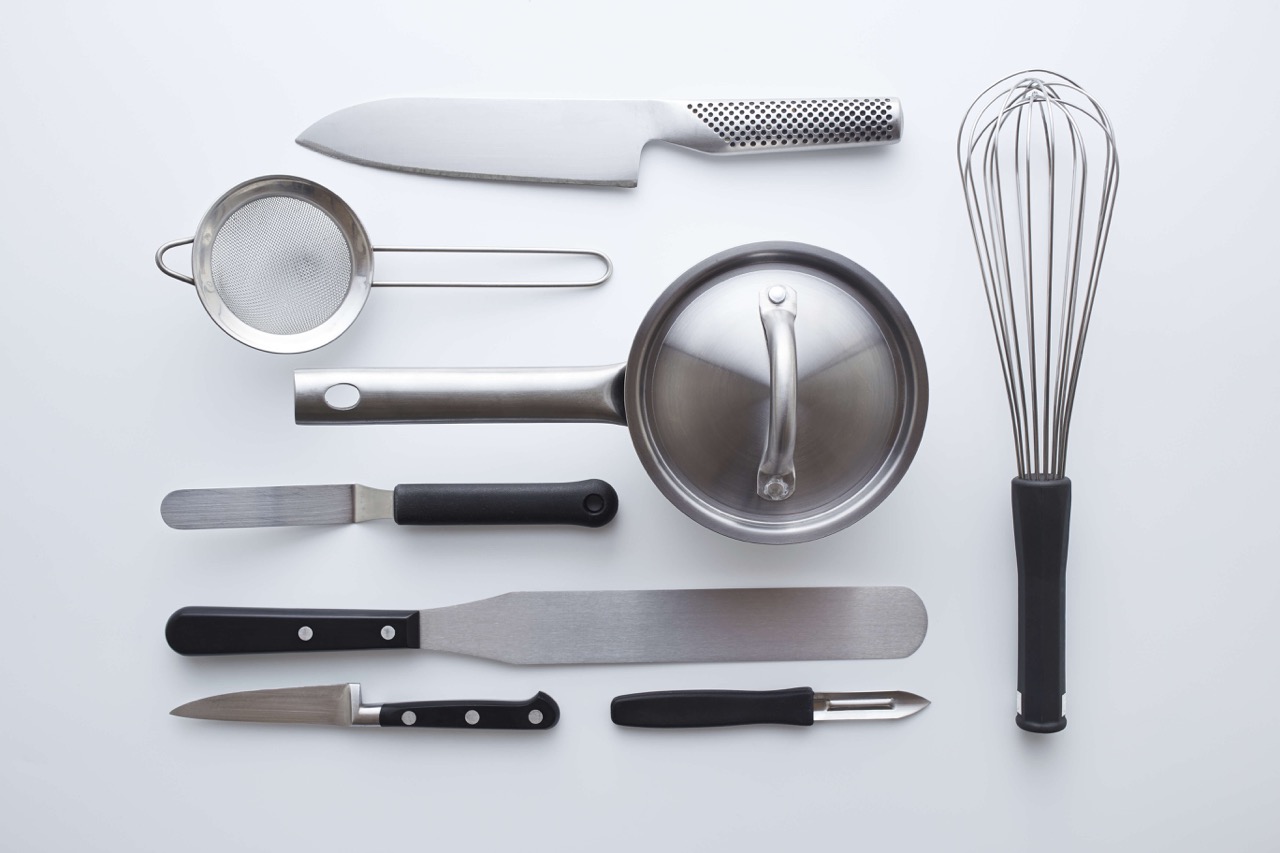

Articles
Which Are Examples Of Hand Tools In A Commercial Kitchen?
Modified: August 16, 2024
Discover the essential hand tools used in a commercial kitchen. Read our informative articles for examples of must-have tools for efficient food preparation and culinary success.
(Many of the links in this article redirect to a specific reviewed product. Your purchase of these products through affiliate links helps to generate commission for Storables.com, at no extra cost. Learn more)
Introduction
When it comes to running a commercial kitchen, having the right hand tools is essential. These tools not only make the cooking process more efficient and precise, but they also contribute to the overall safety and hygiene of the kitchen. From knives to mixers, each hand tool in a commercial kitchen serves a specific purpose and plays a crucial role in creating delicious dishes.
In this article, we will explore a range of examples of hand tools commonly found in a commercial kitchen. Whether you’re a chef, restaurant owner, or simply curious about the inner workings of a professional kitchen, this comprehensive guide will give you a deeper understanding of the tools that chefs rely on to create culinary masterpieces. So, let’s dive in and discover the essential hand tools used in a commercial kitchen!
Key Takeaways:
- Hand tools in a commercial kitchen, from knives to mixers, are essential for efficient and precise food preparation, contributing to the safety, hygiene, and culinary excellence of the kitchen.
- Prioritizing safety and cleanliness, hand tools such as serving utensils play a vital role in presenting and distributing food in a sanitary and appealing manner, ensuring controlled portioning and a professional dining experience.
Read more: Which Is The Best Example Of Zoning?
Knives
Knives are arguably the most important hand tools in any commercial kitchen. They are used for a variety of tasks, including chopping, dicing, slicing, and mincing ingredients. There are several types of knives that serve different purposes:
- Chef’s Knife: This versatile knife has a wide, curved blade and is used for a variety of cutting tasks, such as chopping vegetables and slicing meat.
- Paring Knife: A small, sharp knife with a pointed blade, ideal for intricate tasks like peeling and trimming.
- Serrated Knife: This knife has a saw-like edge, making it perfect for slicing through crusty bread and delicate fruits like tomatoes.
- Boning Knife: Designed for removing bones from meat, this thin, flexible knife allows for precise cuts.
- Santoku Knife: Originating from Japan, the Santoku knife is known for its broad blade and excellent balance. It is ideal for slicing, dicing, and mincing.
- Cleaver: A heavy, rectangular knife with a thick blade, used for splitting large cuts of meat and chopping through bones.
It’s crucial to keep knives sharp and properly maintained, as dull blades can be dangerous and less effective. Most commercial kitchens have knife sharpeners and honing tools to ensure their knives remain in top condition. Additionally, proper knife handling techniques, such as using a cutting board and keeping fingers away from the blade, are essential to prevent accidents and injuries.
Overall, knives are the cornerstone of any commercial kitchen, and having a good selection of high-quality knives is essential for efficient and precise food preparation.
Cutting Boards
Next on the list of essential hand tools in a commercial kitchen are cutting boards. These sturdy surfaces serve as a stable platform for chopping, slicing, and preparing ingredients. While there are different materials used in cutting boards, the most common ones are:
- Wooden Cutting Boards: These boards are popular due to their durability and natural aesthetic. They are gentle on knife blades and provide a sturdy surface for cutting. However, they require regular maintenance and thorough cleaning to prevent bacterial growth.
- Plastic Cutting Boards: Plastic cutting boards are lightweight, easy to clean, and resistant to bacteria. They come in various colors, allowing for designated boards for different types of ingredients to prevent cross-contamination. However, they may develop knife marks over time and need to be replaced more frequently than wooden boards.
- Bamboo Cutting Boards: Made from a sustainable material, bamboo cutting boards are eco-friendly and durable. They have a natural resistance to bacterial growth and are gentle on knives. However, like wooden boards, they require regular maintenance and oiling to prolong their lifespan.
When using cutting boards in a commercial kitchen, it is important to practice proper food safety protocols. This includes using separate boards for different types of ingredients to avoid cross-contamination, sanitizing cutting boards regularly, and using different-colored boards to designate specific types of food. Additionally, using non-slip mats or damp towels under the cutting boards can provide stability and prevent accidents in a busy kitchen environment.
By utilizing cutting boards effectively, chefs can maintain a clean and organized workspace while ensuring the safety and quality of their food preparations.
Whisks
Whisks are a staple hand tool in a commercial kitchen and are essential for mixing and incorporating ingredients. With their unique shape and design, whisks are able to incorporate air into mixtures, creating a smooth and light texture. There are different types of whisks that serve different purposes:
- Balloon Whisk: This is the most common type of whisk, characterized by its bulbous shape and numerous wires. It is perfect for whisking ingredients and incorporates air into mixtures efficiently.
- French Whisk: With a narrower and longer shape than a balloon whisk, a French whisk allows for more precise and delicate whisking, making it ideal for sauces and emulsifications.
- Flat Whisk: Also known as a roux whisk, a flat whisk has a wide and flat design, making it perfect for making roux, gravies, and sauces in shallow pans.
- Sauce Whisk: This whisk has a unique shape with a small loop at the end, ideal for whisking small amounts of sauces and dressings in narrow containers.
- Ball Whisk: As the name suggests, a ball whisk features a series of wires formed into a ball shape. It provides excellent agitation and is commonly used for whipping cream and whisking eggs.
When using a whisk in a commercial kitchen, it is important to choose the appropriate size and type of whisk for the task at hand. Whisks should be made of durable materials such as stainless steel for longevity and easy cleaning. It’s also crucial to use proper whisking techniques, such as making circular motions and incorporating air evenly, to achieve the desired consistency.
In addition to mixing ingredients, whisks can also be used for various other tasks, such as beating eggs, whipping cream, blending batters, and emulsifying dressings. With their versatility and efficiency, whisks are indispensable hand tools in any commercial kitchen.
Tongs
Tongs are versatile and indispensable hand tools in a commercial kitchen. They are designed with two long arms and a pivot point, allowing for a secure grip and precise control when handling food. Tongs have numerous applications and are used for a variety of tasks including:
- Turning and Flipping: Tongs are widely used for flipping and turning food items such as meats, vegetables, and seafood on a grill or stovetop. Their long arms and sturdy grip make it easy to handle these items safely without damaging them.
- Serving: Tongs are excellent for serving food, whether it’s transferring a salad, plating pasta, or arranging appetizers. They provide a hygienic way to handle food and allow for portion control.
- Tossing and Mixing: Tongs are great for mixing and tossing ingredients together, such as salads, pastas, and stir-fries. Their secure grip ensures even distribution of dressings and sauces.
- Assembling Sandwiches: Tongs are handy for layering ingredients when assembling sandwiches or burgers. They help to maintain the structural integrity of the sandwich and ensure even distribution of fillings.
- Reaching and Grabbing: Tongs can be used to reach and grab items that are hard to access, such as reaching into a hot oven to retrieve a baking sheet or retrieving items from high shelves.
When choosing tongs for a commercial kitchen, it is important to consider the material and design. Stainless steel tongs are durable, resistant to heat, and easy to clean. Some tongs also come with non-slip grips to enhance comfort and reduce the risk of accidents. Different sizes and lengths of tongs are available to accommodate various tasks and kitchen environments.
Proper maintenance and cleaning are essential to keep tongs in good condition. It’s important to regularly inspect the tongs for any signs of wear or damage and replace them if necessary. Tongs should also be cleaned thoroughly after each use to prevent cross-contamination.
With their versatility and functionality, tongs are indispensable tools that help chefs and kitchen staff handle food safely and efficiently in a commercial kitchen setting.
Read more: Which Hand Tools Are Made In USA?
Spatulas
Spatulas are versatile hand tools that are commonly used in a commercial kitchen for a variety of tasks. They are typically flat and have a broad blade or head, attached to a handle. Spatulas come in different materials and designs, each serving a specific purpose:
- Flexible Spatulas: These spatulas, usually made of silicone or rubber, have a flexible blade that easily bends and contours to different surfaces. They are ideal for scraping bowls, jars, and mixing bowls to ensure no ingredient is wasted.
- Offset Spatulas: Offset spatulas have a slight angle between the handle and the blade, allowing for greater control and precision when spreading fillings, frostings, or smoothing batter in baking. They come in various sizes, making them suitable for both small and large-scale baking projects.
- Slotted Spatulas: Slotted spatulas have slots or perforations on the blade, which allow for easy draining and separating liquids from solid ingredients. These types of spatulas are commonly used when flipping delicate foods like fish or eggs.
- Fish Spatulas: Fish spatulas have a long and narrow blade with a thin, slightly curved edge. They are specifically designed for flipping delicate fish fillets without causing them to break apart. The thin edge also helps to lift and transfer other fragile foods like pancakes or omelets.
- Griddle Spatulas: Griddle spatulas, also known as griddle scrapers or turners, have a broad, rectangular blade with a beveled edge. They are specially designed to flip and maneuver large quantities of food on a flat griddle surface, such as pancakes, burgers, or grilled sandwiches.
In addition to their specific uses, spatulas are also versatile tools for general mixing, stirring, and scraping tasks. Their flat design makes them effective for folding ingredients together, spreading sauces or batters evenly, and scraping the sides of bowls or pans to ensure no ingredient is left behind.
When using spatulas in a commercial kitchen, it’s important to choose spatulas made from high-quality materials, such as heat-resistant silicone or stainless steel, to withstand the rigors of a professional kitchen environment. It’s also crucial to regularly clean and inspect spatulas for any signs of wear and tear or damage.
Overall, spatulas play a crucial role in a commercial kitchen, ensuring precise, efficient, and safe food preparation and presentation.
Peelers
Peelers are essential hand tools in a commercial kitchen that are specifically designed for removing the outer skin or peel of fruits and vegetables. They come in different types and styles, each catering to specific needs:
- Straight Peeler: The straight peeler is the most common type of peeler, featuring a straight blade with a handle. It is ideal for peeling vegetables and fruits with a smooth and even surface.
- Y-Peeler: The Y-peeler has a Y-shaped blade, with the handle positioned at the base of the “Y”. This peeler is especially useful for peeling vegetables and fruits with irregular shapes or contours.
- Serrated Peeler: The serrated peeler has a blade with small serrations along one edge. It is perfect for peeling fruits and vegetables with tougher or thicker skins, such as tomatoes or butternut squash.
- Julienne Peeler: A julienne peeler has a blade with small teeth, producing thin strips or ribbons from vegetables. It is commonly used for creating garnishes, salads, or adding texture to dishes.
- Soft Fruit Peeler: Soft fruit peelers are specifically designed for delicate fruits with easily damaged skins, such as peaches or kiwis. These peelers have a very sharp, small-sized blade to minimize waste and preserve the integrity of the fruit.
When using peelers in a commercial kitchen, it’s important to choose peelers with sharp blades made of stainless steel for durability and easy maintenance. Dull blades can make peeling more difficult and increase the risk of injury. Additionally, it’s crucial to hold the peeler correctly and apply consistent pressure while peeling to achieve smooth and even results.
Peelers are not limited to just peeling fruits and vegetables; they can also be used for creating decorative garnishes, zesting citrus fruits, or even shaving chocolate or cheese. Their versatility and efficiency make them indispensable tools for any commercial kitchen.
Graters
Graters are hand tools commonly found in a commercial kitchen that are used for shredding, grating, and zesting various ingredients. They come in different sizes and designs, each serving a specific purpose:
- Box Grater: The box grater is the most common type of grater, featuring four different sides with various-sized grating surfaces. It has coarse, medium, fine, and slicing blades, making it versatile for grating cheese, vegetables, fruits, and even chocolate.
- Microplane Grater: Microplane graters have fine, razor-sharp holes that make them ideal for zesting citrus fruits, grating hard cheeses like Parmesan, and adding finely grated spices such as nutmeg or cinnamon to dishes.
- Mandoline Grater: Mandoline graters are equipped with adjustable blades that allow for precise slicing or julienning of vegetables and fruits. They are commonly used for creating thin, uniform slices for salads, stir-fries, and garnishes.
- Rasp Grater: Rasp graters have fine, sharp teeth that produce delicate, fluffy gratings. They are often used for creating fluffy mounds of hard cheeses, such as Pecorino or aged Gouda.
When using graters in a commercial kitchen, safety precautions should be followed to prevent accidents. It’s important to choose graters with sturdy construction and secure handles to ensure stability during use. Using protective gloves or a grating attachment for small pieces can also help prevent accidental cuts or scrapes.
Graters are versatile tools that can add different textures and enhance flavors in dishes. They are commonly used for grating cheese, shredding vegetables for coleslaws or salads, zesting citrus fruits for adding a burst of flavor, and creating fine chocolate shavings for desserts. Whether it’s for adding a finishing touch or incorporating ingredients into a recipe, graters are indispensable in a commercial kitchen.
Ladles
Ladles are essential hand tools commonly found in a commercial kitchen that are primarily used for scooping and serving liquids such as soups, stews, sauces, and dressings. They are designed with a long handle and a deep, round bowl-shaped scoop. Here are a few key points about ladles:
- Sizes: Ladles come in various sizes, ranging from small to large. The size of the ladle is determined by its capacity and the desired portion size for serving.
- Materials: Ladles are typically made from stainless steel, which is durable, easy to clean, and resistant to rust and corrosion. Some ladles also have heat-resistant handles to protect the user from high temperatures.
- Handles: Ladle handles are usually long to provide a comfortable grip and prevent hands from getting too close to hot liquids. They may have ergonomic features or non-slip textures to enhance control and stability during use.
- Pouring Spouts: Some ladles have a pouring spout on the edge of the scoop to facilitate precise pouring without spills or drips.
In addition to serving liquids, ladles also play a role in portion control and maintaining consistency in dishes. They can be used to measure and distribute uniform quantities of ingredients, sauces, and dressings.
When using ladles in a commercial kitchen, it’s important to practice proper food handling and sanitation. Ladles should be cleaned and sanitized between uses to prevent cross-contamination. It’s also advisable to store ladles properly by hanging them or placing them in designated racks to keep them clean and easily accessible.
Overall, ladles are versatile and indispensable tools in a commercial kitchen. They make it easy to scoop and serve liquids, ensuring efficient and organized food service.
Spoons
Spoons are versatile hand tools that are a staple in any commercial kitchen. They come in various shapes and sizes, each serving a specific purpose. Here are a few types of spoons commonly used in a commercial kitchen:
- Slotted Spoon: Slotted spoons have slots or holes on the bowl, allowing liquids to drain while retaining solid ingredients. They are ideal for scooping foods like boiled eggs, blanched vegetables, or poached items from cooking liquids.
- Serving Spoon: Serving spoons have a large, rounded bowl that makes it easy to scoop and serve portions of food. They are commonly used for dishing out vegetables, grains, casseroles, and other dishes.
- Wooden Spoon: Wooden spoons are often used in cooking and stirring hot liquids. They do not conduct heat, making them safe to use in high-temperature environments. Wooden spoons are also known for being gentle on delicate surfaces, such as non-stick pans or fragile ingredients.
- Sauce Spoon: Sauce spoons, also known as gravy spoons, have a long handle with a shallow, wide bowl. They are designed for pouring and drizzling sauces over dishes, ensuring an even and controlled distribution.
In addition to their specific uses, spoons are versatile tools that can be used for stirring, mixing, tasting, and even plating. They play a crucial role in the culinary process and allow chefs to have precision and control over their dishes.
When selecting spoons for a commercial kitchen, it’s important to consider durability and hygienic properties. Stainless steel spoons are widely used due to their durability, resistance to rust, and ease of cleaning. It’s also essential to properly clean and sanitize spoons after each use to maintain food safety standards in the kitchen.
Spoons are essential tools in a commercial kitchen, ensuring efficient food preparation, portioning, and serving. Their versatility and functionality make them indispensable to chefs and kitchen staff alike.
Thermometers
Thermometers are indispensable hand tools in a commercial kitchen that are used to measure the internal temperature of food and ensure proper cooking and food safety. They are particularly important when working with meat, poultry, seafood, and other temperature-sensitive ingredients. Here are a few key points about thermometers:
- Types of Thermometers: There are several types of thermometers used in commercial kitchens, including instant-read thermometers, probe thermometers, and infrared thermometers.
- Instant-Read Thermometers: These thermometers provide a quick and accurate reading within seconds. They are commonly used to check the internal temperature of cooked food, such as meats and baked goods.
- Probe Thermometers: Probe thermometers have a long, thin metal probe that is inserted into the food to measure its internal temperature. They are useful for monitoring the temperature of large cuts of meat or when cooking in an oven for an extended period.
- Infrared Thermometers: Infrared thermometers measure temperature without physical contact. They are commonly used to measure the surface temperature of grills, hot plates, or food holding units.
Properly using thermometers is essential for ensuring food safety and preventing foodborne illnesses. Here are a few best practices when using thermometers in a commercial kitchen:
- Calibration: It’s crucial to regularly calibrate thermometers to ensure accuracy and reliability. This can be done by comparing the thermometer reading to known reference points, such as ice water and boiling water.
- Proper Placement: When using probe thermometers, insert the probe into the thickest part of the food, away from bones or fatty areas. This will give the most accurate reading of the food’s internal temperature.
- Cleaning and Sanitizing: Thermometers should be thoroughly cleaned and sanitized after each use to prevent cross-contamination. Follow the manufacturer’s instructions for proper cleaning techniques.
By using thermometers correctly, chefs and kitchen staff can ensure that food is cooked thoroughly, reducing the risk of foodborne illnesses and guaranteeing the safety and quality of the final product.
Thermometers are critical tools in a commercial kitchen, providing reliable temperature readings and contributing to the overall food safety protocols of the establishment.
Some examples of hand tools in a commercial kitchen include knives, tongs, spatulas, whisks, and peelers. These tools are essential for food preparation and cooking tasks.
Can Openers
Can openers are essential hand tools in a commercial kitchen that are used to safely and efficiently open cans and containers. They come in different designs, each catering to specific needs. Here are a few key points about can openers:
- Manual Can Openers: Manual can openers require the user to rotate a handle to open the can. They typically have a sharp, serrated wheel that cuts into the lid of the can as it is turned. Manual can openers are widely used in commercial kitchens as they are simple, sturdy, and reliable.
- Electric Can Openers: Electric can openers are powered by electricity and automatically open cans with the push of a button. They are convenient for high-volume commercial kitchens as they can quickly and effortlessly open multiple cans in a short amount of time.
- Can Punches: Can punches, sometimes referred to as church keys, are specifically designed to puncture small holes in the lid of a can. They are commonly used for opening beverage cans, such as canned juices or carbonated drinks.
When using can openers in a commercial kitchen, it’s important to choose can openers made of durable materials, such as stainless steel, for longevity and easy cleaning. Regular maintenance, such as sharpening the blade or replacing worn-out parts, is crucial to ensure smooth operation and prevent contamination.
Additionally, proper safety precautions should be followed when using can openers. The blade should be securely attached to the opener, and cans should be positioned correctly to avoid any accidental injuries. Regularly cleaning and sanitizing can openers is essential to prevent cross-contamination between different types of food products.
Can openers are reliable tools that contribute to the efficiency of a commercial kitchen. They allow chefs and kitchen staff to easily access ingredients in cans, ensuring smooth food preparation and minimizing the risk of injuries.
Measuring Cups and Spoons
Measuring cups and spoons are fundamental hand tools in a commercial kitchen that help ensure precise and consistent measurements of ingredients. They are crucial for following recipes accurately and maintaining the desired taste and texture of dishes. Here are a few key points about measuring cups and spoons:
- Measuring Cups: Measuring cups are available in different sizes, typically ranging from 1/4 cup to 1 cup or larger. They are used to measure both dry and liquid ingredients. Measuring cups have a handle and a flat bottom, allowing for accurate measurements when leveled off.
- Measuring Spoons: Measuring spoons come in various sizes, usually ranging from 1/4 teaspoon to 1 tablespoon or larger. They are used to measure small quantities of both liquid and dry ingredients, such as spices, baking powder, or vanilla extract.
- Materials: Measuring cups and spoons are commonly made of stainless steel or plastic. Stainless steel is durable, resistant to rust, and easy to clean. Plastic measuring cups and spoons are lightweight and less likely to break if accidentally dropped.
- Accuracy: When using measuring cups and spoons, it’s important to ensure accurate measurements. This includes leveling off dry ingredients with a straight edge, filling liquids to the appropriate level, and checking eye level to confirm the accuracy of measurements.
In a commercial kitchen, precision is crucial for consistent results and maintaining the integrity of recipes. Chefs and kitchen staff rely on measuring cups and spoons to follow recipes precisely, especially when baking or working with delicate ingredients that require precise ratios.
Cleanliness is also essential when using measuring cups and spoons. They should be cleaned thoroughly between uses to prevent cross-contamination and maintain food safety standards. It’s best to have multiple sets of measuring cups and spoons available to avoid the need for frequent washing in a busy kitchen environment.
Measuring cups and spoons are vital tools that contribute to the accuracy, consistency, and quality of dishes in a commercial kitchen. Whether it’s measuring flour for baking or adjusting seasoning with precise amounts of spices, these tools ensure that recipes are executed with precision and success.
Colanders
Colanders are essential hand tools in a commercial kitchen that are used for straining and draining various foods. They are designed with small holes or perforations that allow liquids to pass through while retaining the solid ingredients. Colanders are versatile tools and have several key uses:
- Draining Pasta: One of the common uses of colanders is for draining cooked pasta. After boiling, the pasta can be easily transferred to the colander to remove excess water before adding sauce.
- Washing Vegetables: Colanders are also useful for washing fruits and vegetables. They allow water to flow through while rinsing off dirt and impurities.
- Straining Stocks and Sauces: When making stocks or sauces, a colander can be used to strain out any solids, leaving a smooth and flavorful liquid.
- Separating Solids from Liquids: Whether it’s separating pulp from juice or removing bones from broth, colanders provide an effective way to separate solids from liquids.
When choosing colanders for a commercial kitchen, it’s important to consider the material and construction. Stainless steel colanders are durable, easy to clean, and resistant to rust. Plastic or silicone colanders are lightweight and may come with collapsible designs, making them easy to store. It is also important to select colanders with sturdy handles and stable bases to ensure safe and comfortable handling during use.
Proper care and cleaning of colanders are essential for maintaining hygiene in a commercial kitchen. After each use, colanders should be thoroughly rinsed and scrubbed to remove any food particles. They should also be sanitized regularly to prevent the growth of bacteria.
Colanders are versatile tools that assist in food preparation and improve kitchen efficiency. With their ability to strain and drain ingredients, they play a crucial role in creating delicious and well-executed dishes in a commercial kitchen.
Slicers
Slicers are essential hand tools in a commercial kitchen that are designed to cut food items into thin, uniform slices. They are particularly useful for slicing vegetables, fruits, meats, and cheeses. Slicers come in various types, each serving a specific purpose:
- Mandoline Slicers: Mandoline slicers are versatile tools that can produce precise and even slices of fruits, vegetables, and other ingredients. They feature an adjustable blade and a flat platform where the food is placed. By sliding the food back and forth over the blade, consistent slices of the desired thickness can be achieved.
- Meat Slicers: Meat slicers are designed specifically for slicing meats, such as roasts, deli meats, or cured meats, into thin and uniform slices. They are equipped with a rotating blade and an adjustable thickness dial to achieve the desired cutting thickness.
- Cheese Slicers: Cheese slicers are ideal for slicing a variety of cheeses, ranging from soft to hard types. They typically have a thin, curved wire or blade that effortlessly cuts through the cheese, resulting in consistent slices.
- Egg Slicers: Egg slicers are small handheld tools with a series of wires arranged in a grid pattern. They are primarily used for slicing hard-boiled eggs into uniform rounds or wedges, perfect for garnishing salads or sandwiches.
When using slicers in a commercial kitchen, it’s crucial to prioritize safety. Slicers often have sharp blades, so proper handling and caution are important to prevent accidents. It’s advisable to use a protective glove when operating mandoline slicers or meat slicers to minimize the risk of cuts.
Regular maintenance and cleaning are essential for slicers to ensure their smooth operation and longevity. Blades should be kept sharp and regularly honed or replaced if necessary. Additionally, slicers should be cleaned thoroughly after each use to prevent cross-contamination and ensure food safety.
Slicers are invaluable tools in a commercial kitchen, providing chefs and kitchen staff with the ability to create uniform slices quickly and efficiently. With their precision and versatility, slicers contribute to the presentation and quality of dishes in professional culinary settings.
Mixers
Mixers are essential hand tools in a commercial kitchen that automate and streamline the process of mixing ingredients. They are designed to blend, whip, and aerate various substances, saving time and effort for chefs and bakers. There are several types of mixers commonly used in commercial kitchens:
- Stand Mixers: Stand mixers are versatile, powerful machines that are perfect for mixing large quantities of ingredients. They come with a stand and a detachable mixing bowl, and they feature different attachments such as a paddle, whisk, or dough hook. Stand mixers are ideal for tasks such as mixing batters, kneading dough, or whipping cream.
- Hand Mixers: Hand mixers, as the name suggests, are handheld tools that provide ease of use and portability. They have handles with built-in mixing attachments, such as beaters or whisks. Hand mixers are great for light to medium-duty mixing tasks, such as batter mixing or whipping eggs.
- Immersion Blenders: While not technically mixers, immersion blenders are handheld devices used for blending or pureeing ingredients directly in a pot or container. They consist of a motorized handle with a blending wand that can be immersed directly into the food. Immersion blenders are perfect for making soups, sauces, or smoothies with ease.
Mixers offer numerous benefits in a commercial kitchen. They provide consistent and thorough mixing, reducing the chances of lumps or uneven textures in the finished product. Mixers also save time and effort, allowing chefs and bakers to multitask and focus on other aspects of food preparation.
When using mixers in a commercial kitchen, it’s important to follow the manufacturer’s instructions and safety guidelines. Properly attaching and securing mixing attachments, as well as controlling the speed and intensity of the mixer, are critical for safe and efficient operation.
Regular cleaning and maintenance of mixers are essential to ensure longevity and optimal performance. Detachable parts should be cleaned after each use, and the motor base should be wiped down to remove any debris or spills.
Overall, mixers are indispensable tools that enhance productivity and consistency in a commercial kitchen. With their versatility and efficiency, mixers help chefs and bakers achieve excellent results in their culinary creations.
Blenders
Blenders are versatile hand tools in a commercial kitchen that are used for a variety of food preparation tasks. They are designed to blend, puree, and create smooth textures by combining ingredients with high-speed rotating blades. Blenders offer several benefits and are available in different types:
- Countertop Blenders: Countertop blenders are the most common type of blender, featuring a motorized base and a jar or pitcher with a lid. They are perfect for blending smoothies, soups, sauces, and other liquid-based recipes. Countertop blenders come in various sizes, allowing chefs to blend both small and large batches of ingredients.
- Immersion Blenders: Immersion blenders, also known as hand blenders or stick blenders, are handheld devices with a motorized handle and blending wand. They are versatile tools that can be used directly in pots, bowls, or other containers, making them ideal for pureeing soups, sauces, or making emulsions. Immersion blenders are convenient, space-saving, and easy to clean.
Blenders offer numerous advantages in a commercial kitchen. They provide efficient and consistent blending and mixing, resulting in smooth and well-incorporated textures. Blenders are also versatile tools that can handle a wide range of ingredients, from fruits and vegetables to ice and frozen ingredients, allowing chefs and kitchen staff to create a variety of dishes and beverages.
When using blenders in a commercial kitchen, it is important to prioritize safety. Blades can be sharp, and care should be taken when cleaning or handling them. Avoid overfilling the blender jar to prevent spills or splatters, and always ensure that the blender is securely assembled before use.
Regular cleaning and maintenance of blenders are crucial to keep them in good working condition. Blender jars, lids, and blades should be thoroughly cleaned and sanitized after each use. Some blender models also come with dishwasher-safe parts for added convenience.
Blenders are indispensable tools in any commercial kitchen. With their ability to quickly and efficiently blend ingredients, they simplify food preparation and enable chefs to achieve consistent and high-quality results in their culinary creations.
Food Processors
Food processors are versatile and powerful hand tools commonly found in a commercial kitchen. They are designed to perform a wide range of food preparation tasks, from chopping and slicing to pureeing and grinding. Food processors offer several key benefits and are widely used in professional culinary settings:
- Processing Power: Food processors harness their powerful motor and various attachments to quickly and efficiently process ingredients. With their sharp and precise blades, they can handle a large volume of ingredients in a short amount of time, saving valuable time and effort for chefs and kitchen staff.
- Multifunctional Capability: Food processors offer multiple attachments and functions, allowing chefs to perform a variety of tasks with a single appliance. Some common functions include chopping, slicing, grating, pureeing, mixing, kneading dough, and even making nut butters or hummus. This versatility makes food processors an invaluable tool in a commercial kitchen.
- Consistency: Food processors provide consistent and uniform results due to their powerful motor and sharp blades. This ensures that ingredients are processed evenly, resulting in well-balanced flavors and textures in the final dishes.
- Time Efficiency: With their ability to handle large volumes of ingredients and perform various tasks, food processors significantly expedite the food preparation process. Chefs can efficiently process, chop, and blend ingredients, allowing for quick meal assembly and timely service in a busy restaurant or commercial kitchen.
When using food processors in a commercial kitchen, it is important to follow safety guidelines and ensure proper assembly. Blades are sharp, so caution should be exercised when handling or cleaning them. It is also advisable to use the pulse function to control the texture and consistency of the processed ingredients, especially when achieving a coarser or chunkier result is desired.
Regular cleaning and maintenance of food processors are essential to keep them functioning properly and hygienic. Removable parts, such as the blades, bowls, and lids, should be cleaned thoroughly after each use. It is also important to inspect and sharpen or replace the blades as needed to ensure optimal performance.
Food processors are invaluable tools in a commercial kitchen, providing chefs and kitchen staff with efficiency, versatility, and consistency in food preparation. With their ability to handle a wide range of tasks, food processors enhance productivity and contribute to the creation of delicious and high-quality dishes.
Grinders
Grinders are essential hand tools in a commercial kitchen that are used for grinding and pulverizing ingredients into various textures. They come in different sizes and types, each serving a specific purpose. Here are a few key points about grinders:
- Coffee Grinders: Coffee grinders are specifically designed for grinding coffee beans into different consistencies. They can create anything from a fine espresso grind to a coarse grind for French press or cold brew coffee. These grinders often come with adjustable settings to customize the coarseness of the grind.
- Spice Grinders: Spice grinders are used to grind whole spices or seeds into powder or coarse textures. They are ideal for creating custom spice blends or freshly ground spices, which can enhance the flavor and aroma of dishes.
- Meat Grinders: Meat grinders are used to grind meat into various textures, ranging from fine to coarse. They are commonly used in butcher shops or commercial kitchens to prepare ground meats for sausage making, burgers, or meatloaf.
- Food Processors with Grinder Attachments: Some food processors come with grinder attachments that can handle grinding tasks. These attachments are versatile and can be used to grind nuts, grains, or other ingredients into desired textures.
Grinders offer several benefits in a commercial kitchen. They allow chefs and kitchen staff to have control over the texture and consistency of ingredients. Grinding ingredients fresh ensures the best flavor and aroma. Additionally, grinders offer the flexibility to create custom blends and adjust the coarseness of the grind according to specific recipes or preferences.
Safety is important when using grinders. Blades can be sharp, so proper assembly and cautious handling are necessary. It is also advisable to use protective gloves or tools when handling certain ingredients or when operating meat grinders.
Regular cleaning and maintenance are essential to keep grinders in optimal condition. Cleaning the blades and other removable parts after each use and ensuring that they are completely dried before storage will help prevent rust or buildup of residue.
Grinders are powerful tools that contribute to the efficiency and creativity of a commercial kitchen. With their ability to grind ingredients into various textures, they enhance the flavor, aroma, and versatility of dishes in professional culinary settings.
Mandolines
Mandolines are precision hand tools commonly used in a commercial kitchen for slicing and cutting ingredients with speed and precision. They are designed to create consistent, even slices of fruits, vegetables, and other ingredients. Here are a few key points about mandolines:
- Adjustable Blades: Mandolines feature a sharp, adjustable blade that can be set to different widths, allowing chefs to achieve various slicing thicknesses. This versatility is particularly useful when preparing ingredients for salads, garnishes, or creating precise cuts for dishes.
- Safe and Stable Design: Modern mandolines come with safety features to protect the user’s hands during operation. They often include a hand guard or food pusher to keep fingers away from the blade, preventing accidents or injuries. Many mandolines also have non-slip feet or a foldable stand to ensure stability during use.
- Fine Slicing: Mandolines can produce paper-thin slices that are difficult to achieve with a knife alone. This thinness allows for delicate presentation and even cooking of ingredients, making them a popular choice for professional kitchens.
- Julienne and Waffle Cuts: In addition to straight slices, mandolines can also create julienne or waffle-cut shapes. These cuts add texture and visual appeal to dishes, perfect for salads, stir-fries, or garnishes.
When using mandolines in a commercial kitchen, it is important to practice caution and follow safety guidelines to prevent accidents. It is advised to use the provided hand guard or food pusher to protect hands from the sharp blades and to maintain a steady grip on the mandoline during slicing.
Regular cleaning and maintenance of mandolines are essential to ensure optimal performance and longevity. Blades should be cleaned and properly dried after each use to prevent rust or corrosion. It is also important to periodically check and sharpen the blades to maintain their sharpness.
Mandolines are valuable tools that significantly expedite the slicing process and contribute to the precision and consistency of ingredient preparation in a commercial kitchen. With their ability to create uniform slices and specialty cuts, mandolines help chefs achieve professional-looking presentations and enhance the overall dining experience.
Serving Utensils
Serving utensils are essential hand tools in a commercial kitchen that are used to serve food in a hygienic and presentable manner. They come in various shapes and sizes, allowing chefs and servers to handle different types of dishes and portion sizes. Here are a few key points about serving utensils:
- Serving Spoons: Serving spoons have a large, rounded bowl that is perfect for scooping and serving portions of food, such as vegetables, rice, or sauces. They offer effortless distribution and portion control.
- Serving Forks: Serving forks have long, sturdy tines that are designed to pierce and lift larger pieces of food, such as roasts or whole poultry. They are ideal for transferring food from serving platters to individual plates.
- Serving Tongs: Serving tongs provide a secure grip and allow for precise handling of food. They are commonly used for serving salads, pasta, or buffet-style setups where guests can self-serve. Tongs provide an easy way to portion and transfer food without direct contact, promoting sanitation.
- Sauce Ladles: Sauce ladles have a deep, round bowl with a long handle. They are specifically designed for pouring and drizzling sauces over dishes, ensuring controlled distribution and enhancing presentation.
- Serving Spatulas: Serving spatulas have a long, flat blade with a tapered edge. They are used to lift and serve delicate food items, such as cakes, pies, or quiches, while maintaining their integrity.
When using serving utensils in a commercial kitchen, it is important to prioritize cleanliness and hygiene. Utensils should be cleaned and sanitized regularly to prevent cross-contamination between serving different types of food. It is also advisable to have multiple sets of serving utensils available to ensure a smooth and efficient service flow.
Serving utensils not only facilitate efficient food service but also add an element of professionalism to the dining experience. They ensure portion control, allow for stylish presentation, and promote cleanliness in a commercial kitchen setting.
Read also: 11 Amazing Commercial Hand Mixer for 2025
Conclusion
In a commercial kitchen, having the right hand tools is crucial for efficient and precise food preparation. From knives to mixers, each tool serves a specific purpose and plays a key role in creating culinary masterpieces. These tools not only enhance productivity and consistency but also contribute to the safety and hygiene of the kitchen.
Knives are the cornerstone of any kitchen, allowing chefs to chop, slice, and mince ingredients with precision. Cutting boards provide a stable surface for these tasks and help maintain a clean and organized workspace. Meanwhile, whisks and spatulas are essential for mixing, blending, and folding ingredients together, while peelers and graters enable chefs to prepare ingredients with ease.
Other crucial hand tools include ladles for serving liquids, spoons for stirring and portioning, thermometers for precise temperature control, and can openers for accessing canned ingredients. Measuring cups and spoons ensure accurate measurements, while colanders and slicers facilitate draining and slicing operations. Additionally, grinders, mandolines, and food processors provide efficient ways to process and prepare ingredients.
Throughout the process, serving utensils play a vital role in presenting and distributing food in a sanitary and appealing manner. They allow for controlled portioning and provide a professional touch to the dining experience.
It is important to prioritize safety and cleanliness when using hand tools in a commercial kitchen. Proper maintenance, regular cleaning, and adherence to food safety guidelines are essential to prevent accidents and maintain a hygienic environment.
In conclusion, hand tools are the backbone of a well-equipped commercial kitchen. They enhance efficiency, precision, and consistency in food preparation while ensuring the safety and quality of the final product. By harnessing the power of these tools, chefs and kitchen staff can create culinary masterpieces that leave a lasting impression on diners.
Frequently Asked Questions about Which Are Examples Of Hand Tools In A Commercial Kitchen?
Was this page helpful?
At Storables.com, we guarantee accurate and reliable information. Our content, validated by Expert Board Contributors, is crafted following stringent Editorial Policies. We're committed to providing you with well-researched, expert-backed insights for all your informational needs.
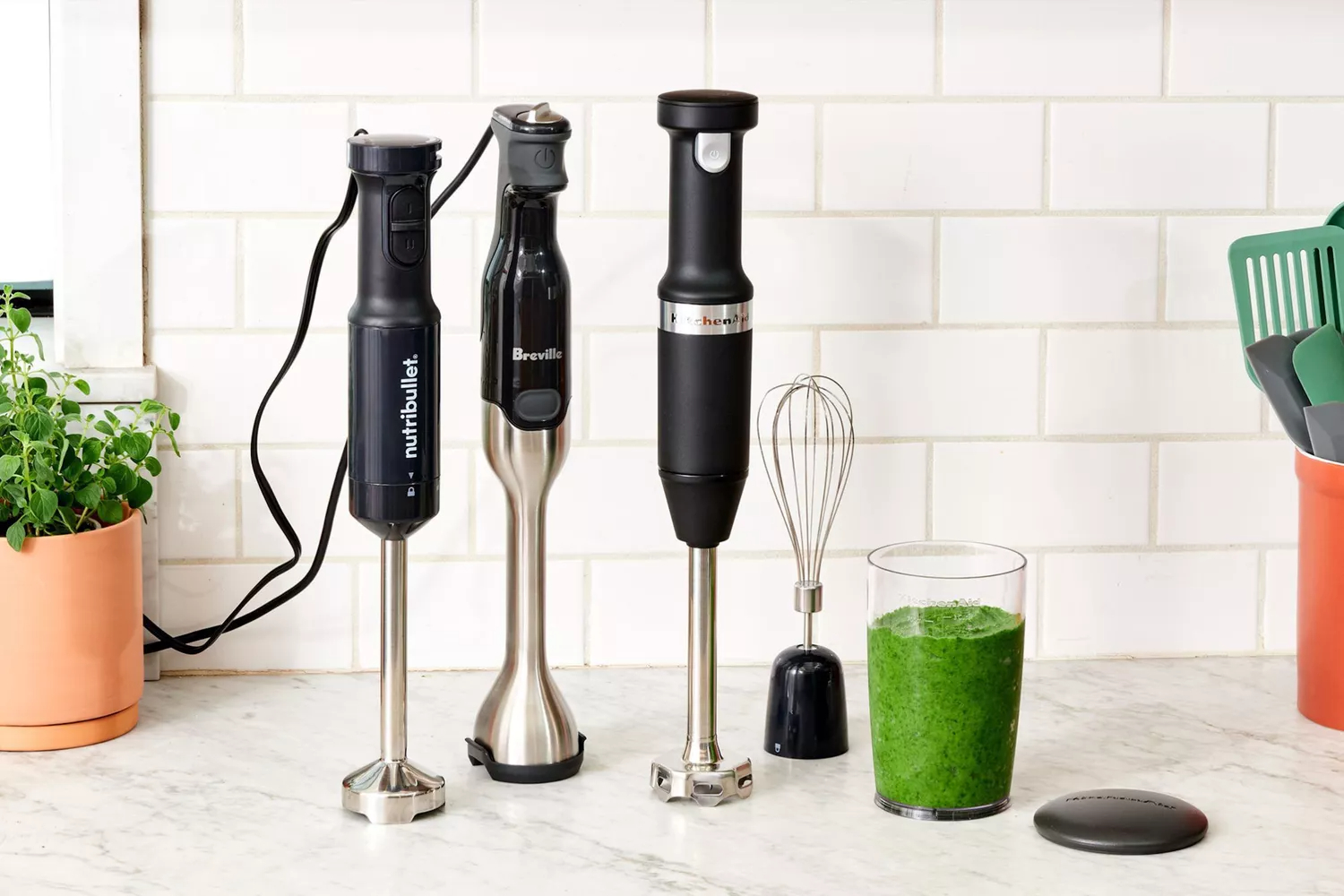
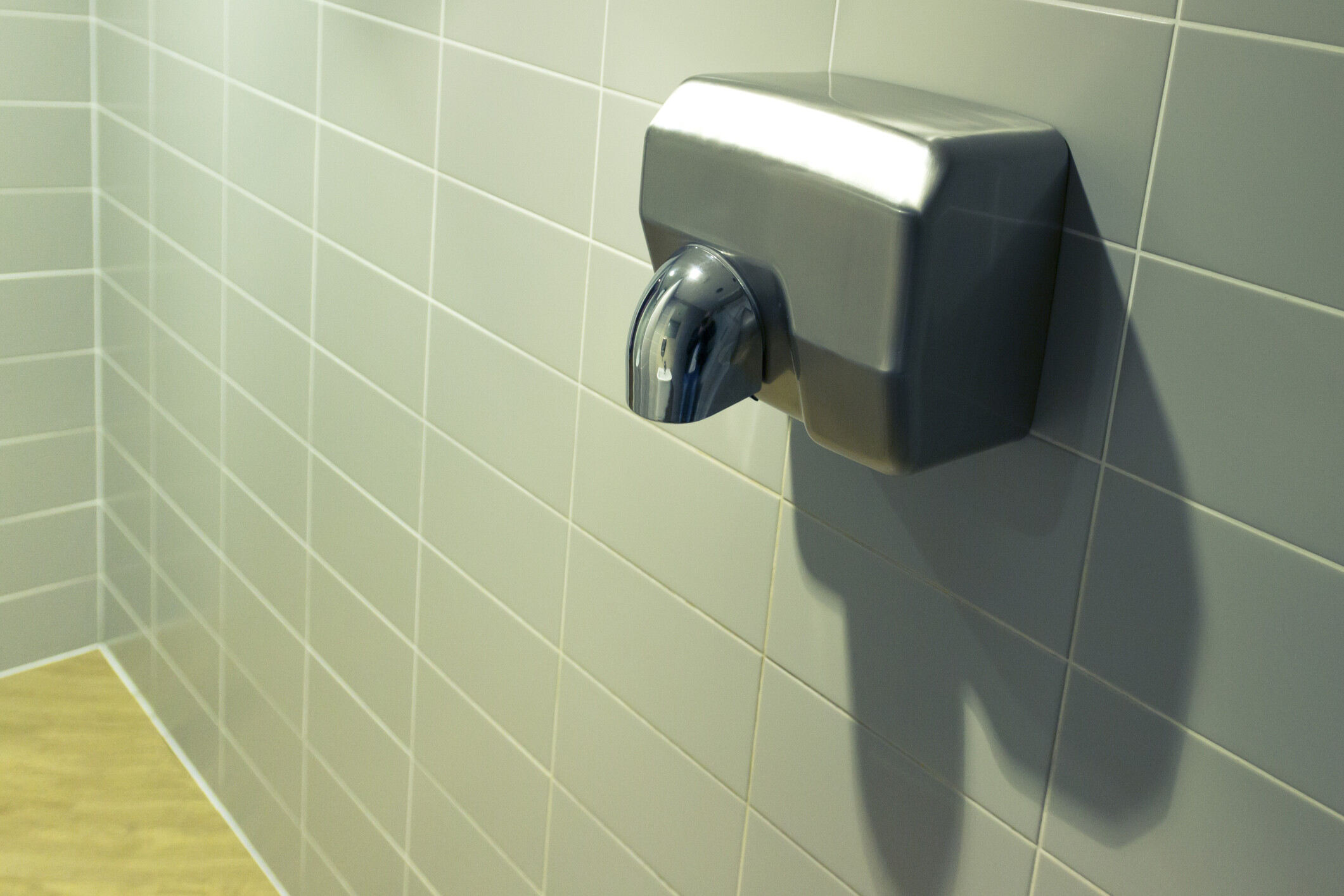
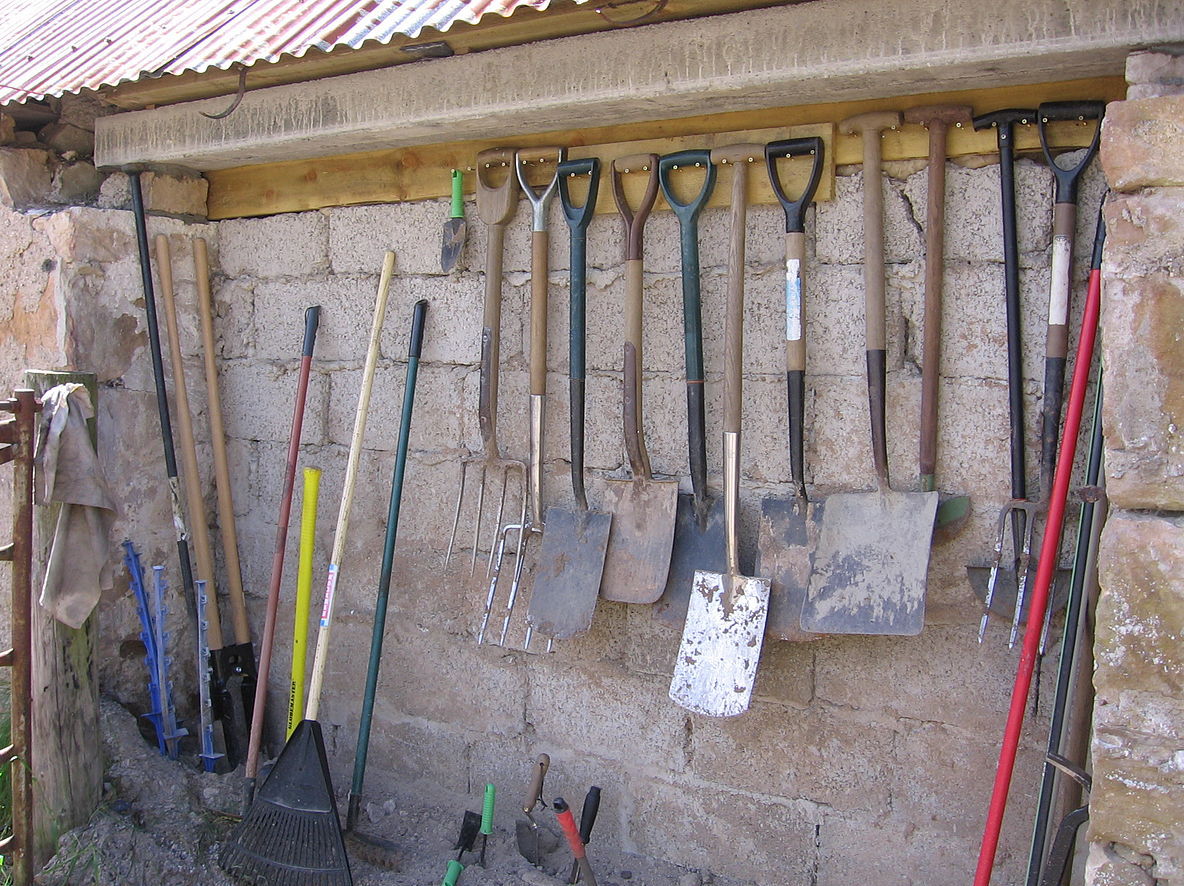
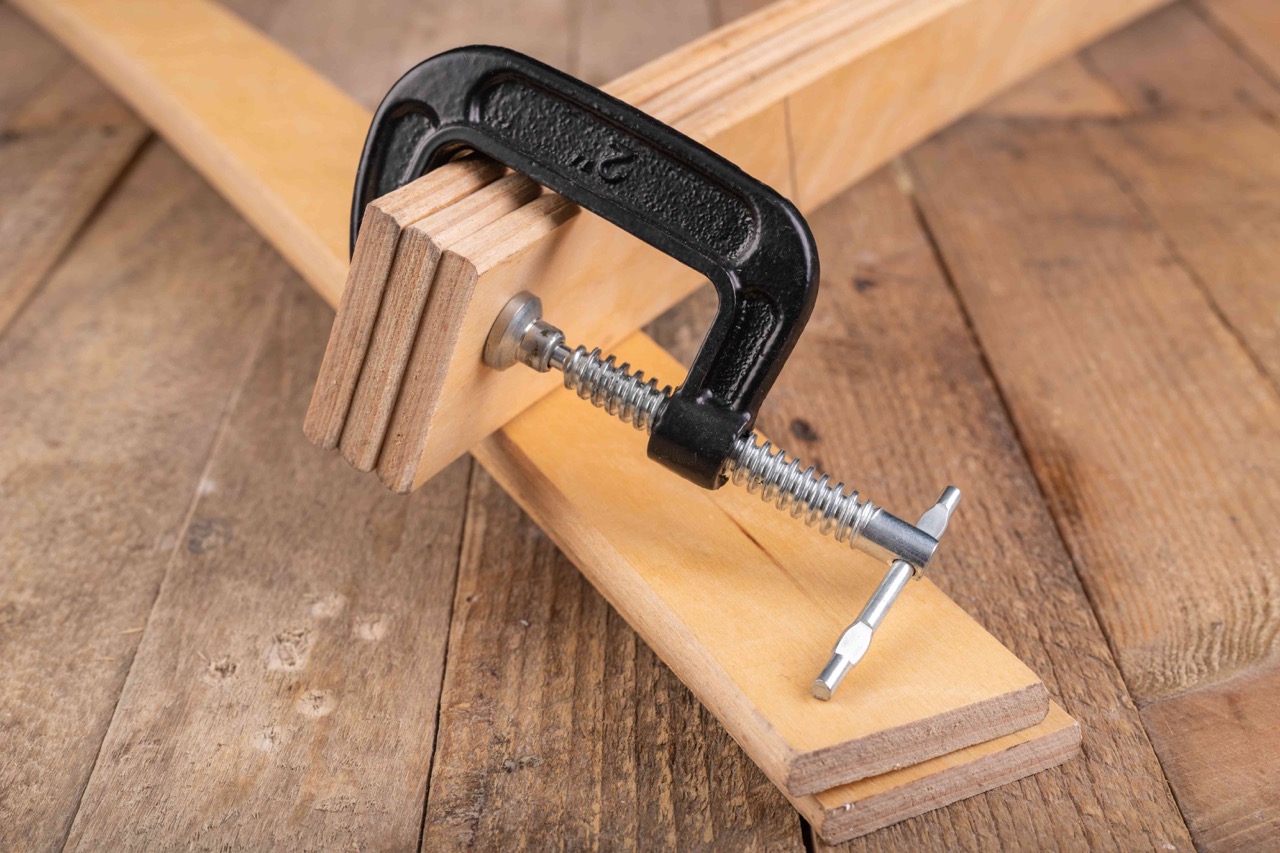
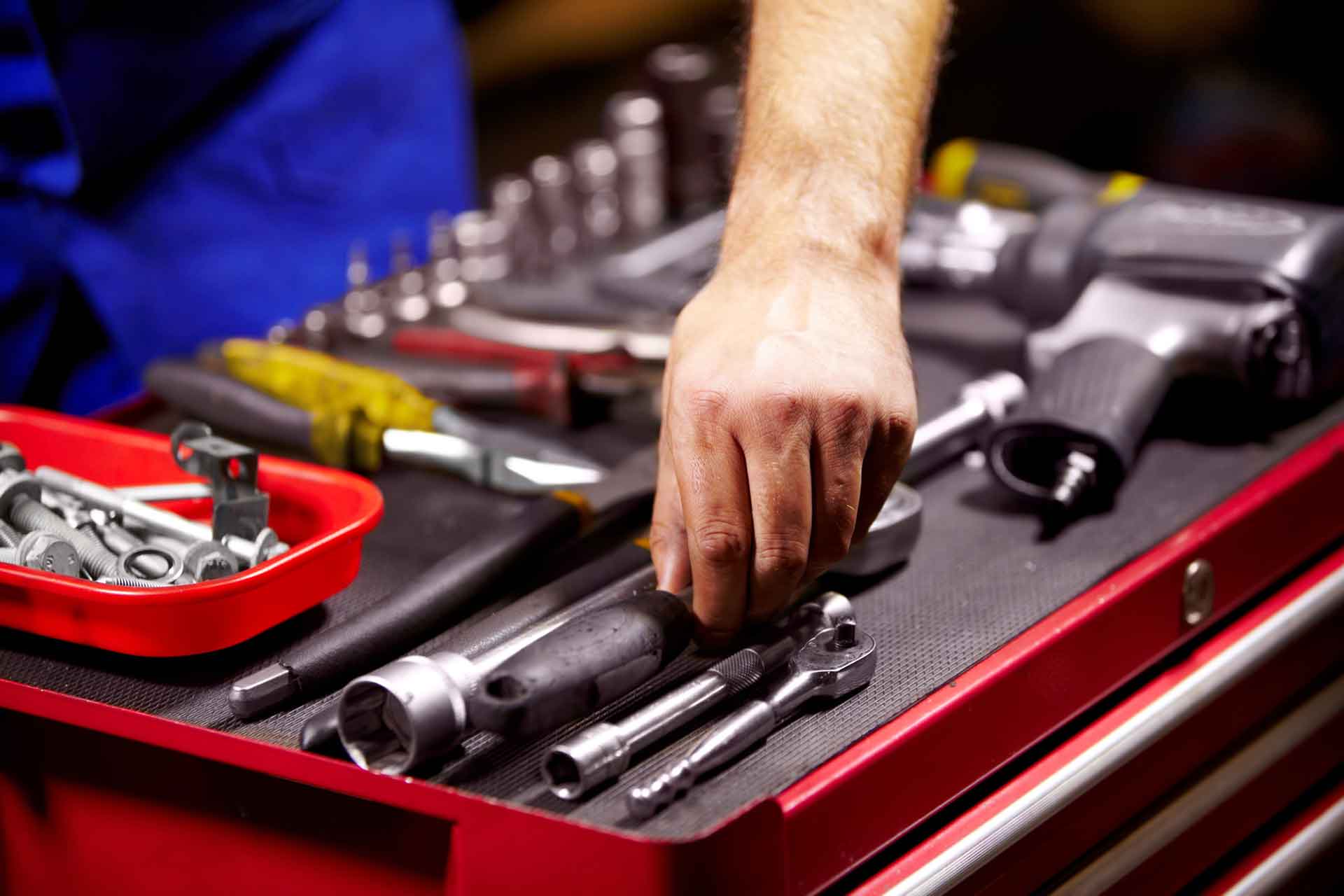
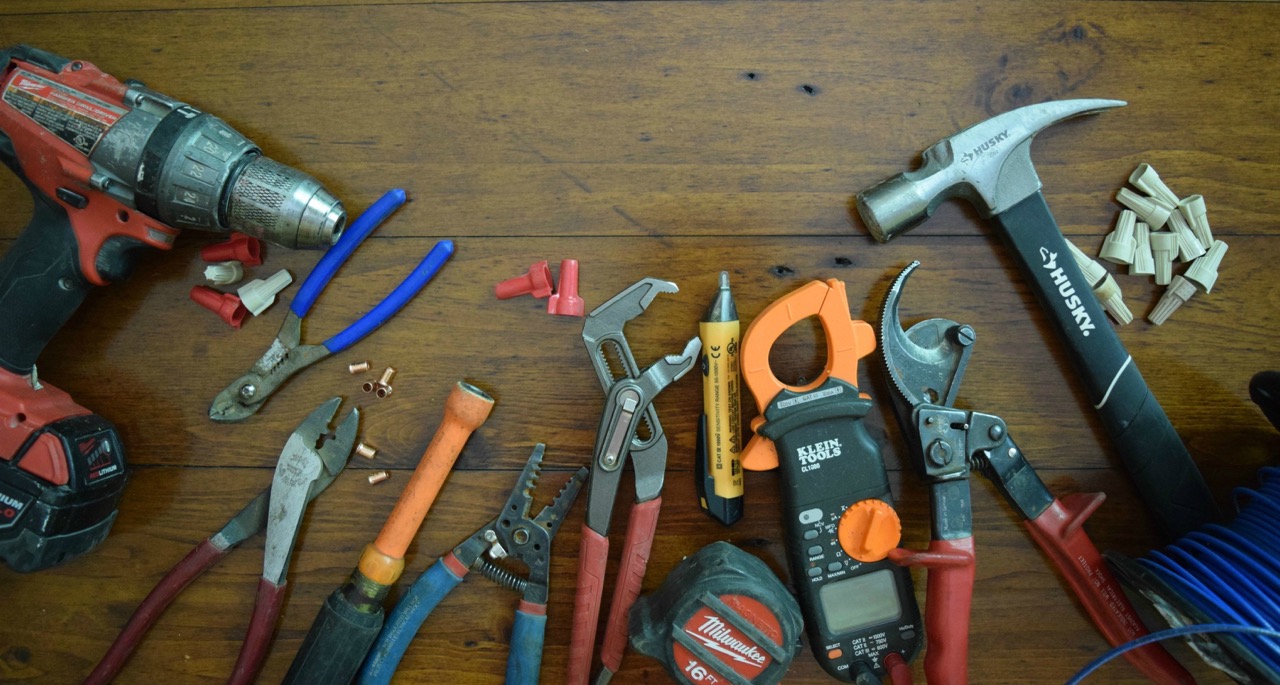


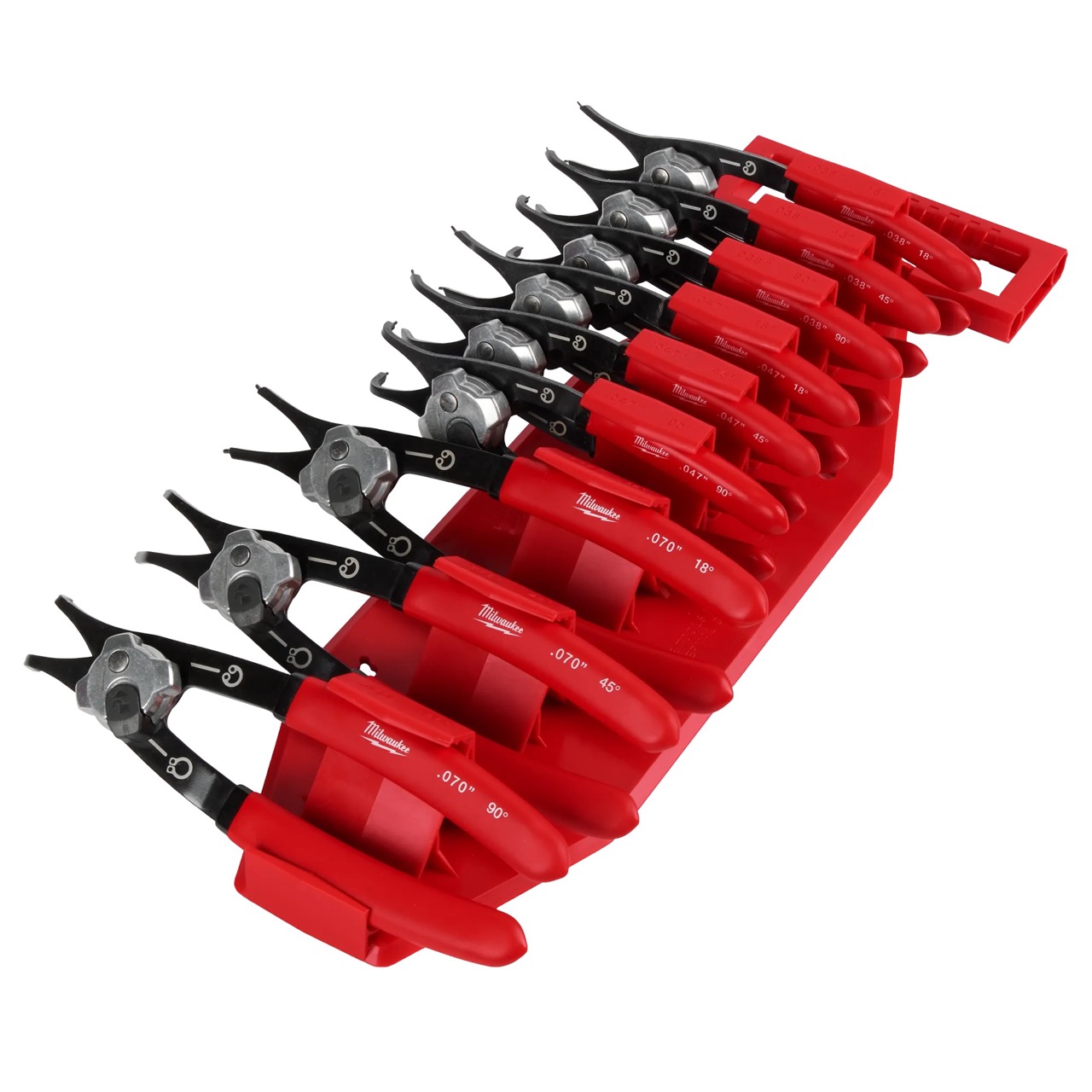
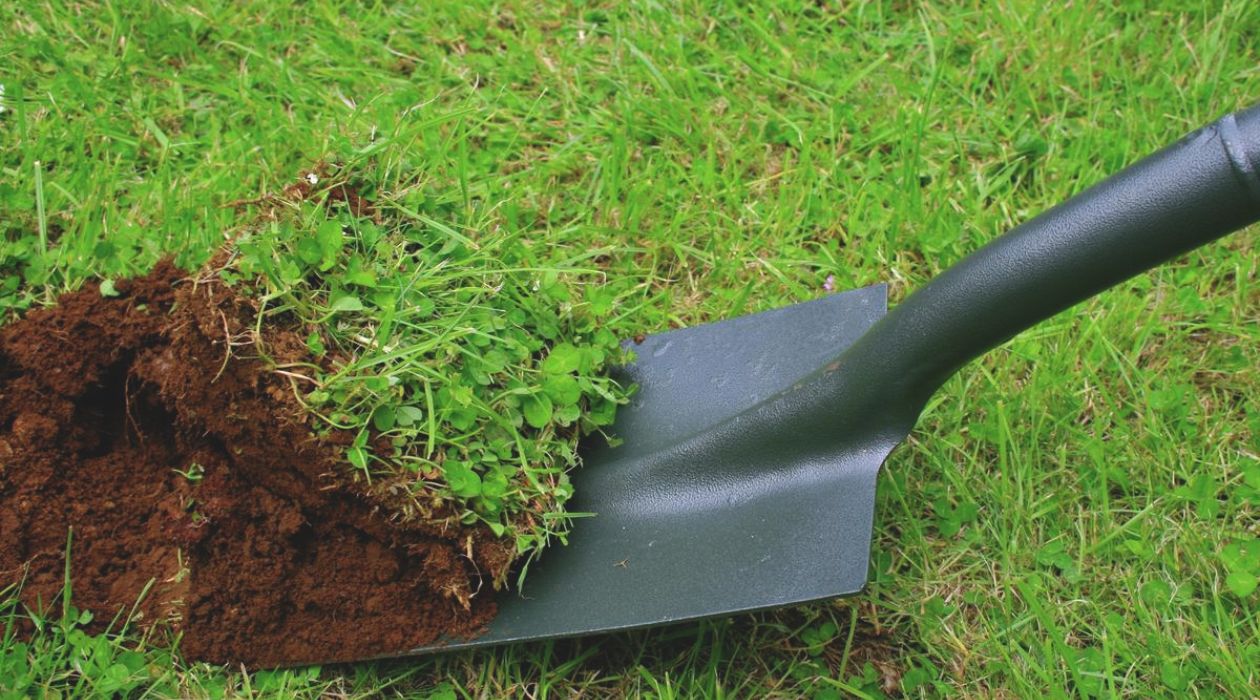

0 thoughts on “Which Are Examples Of Hand Tools In A Commercial Kitchen?”